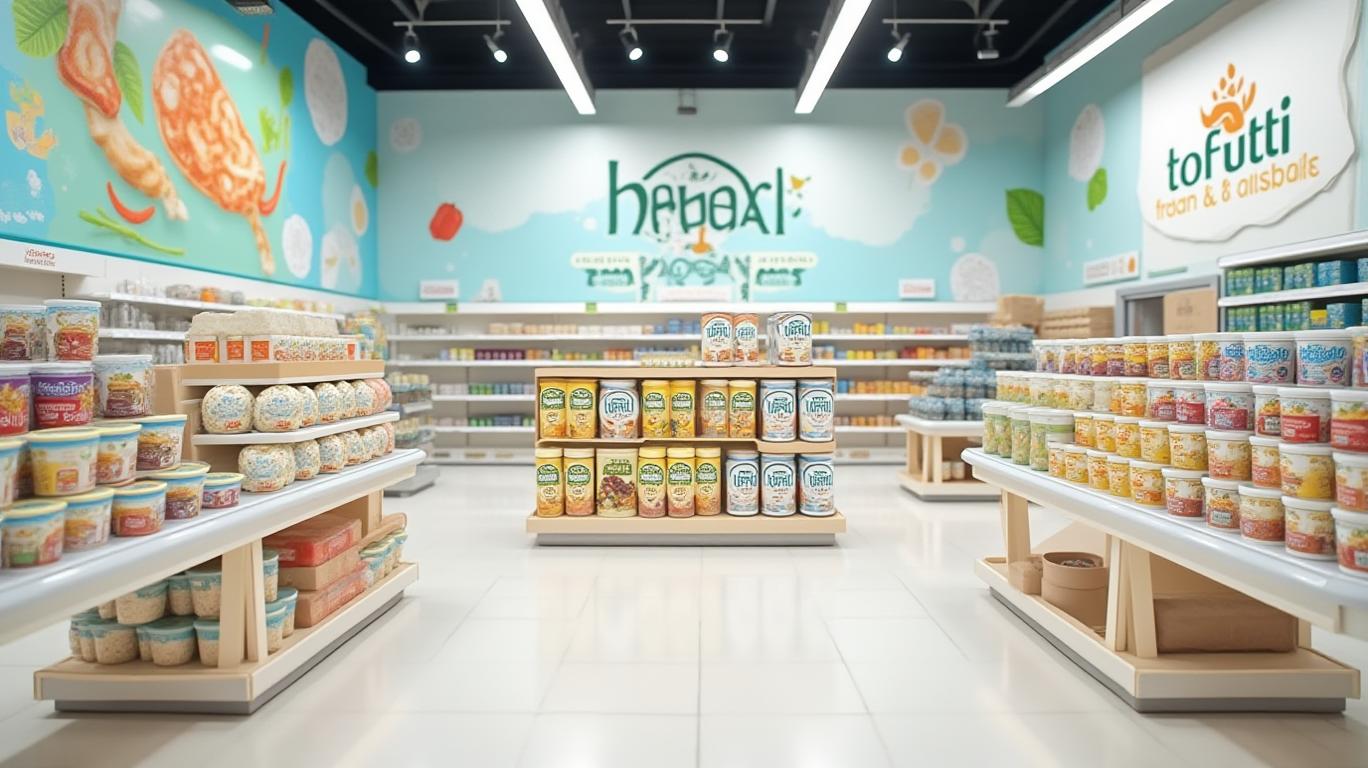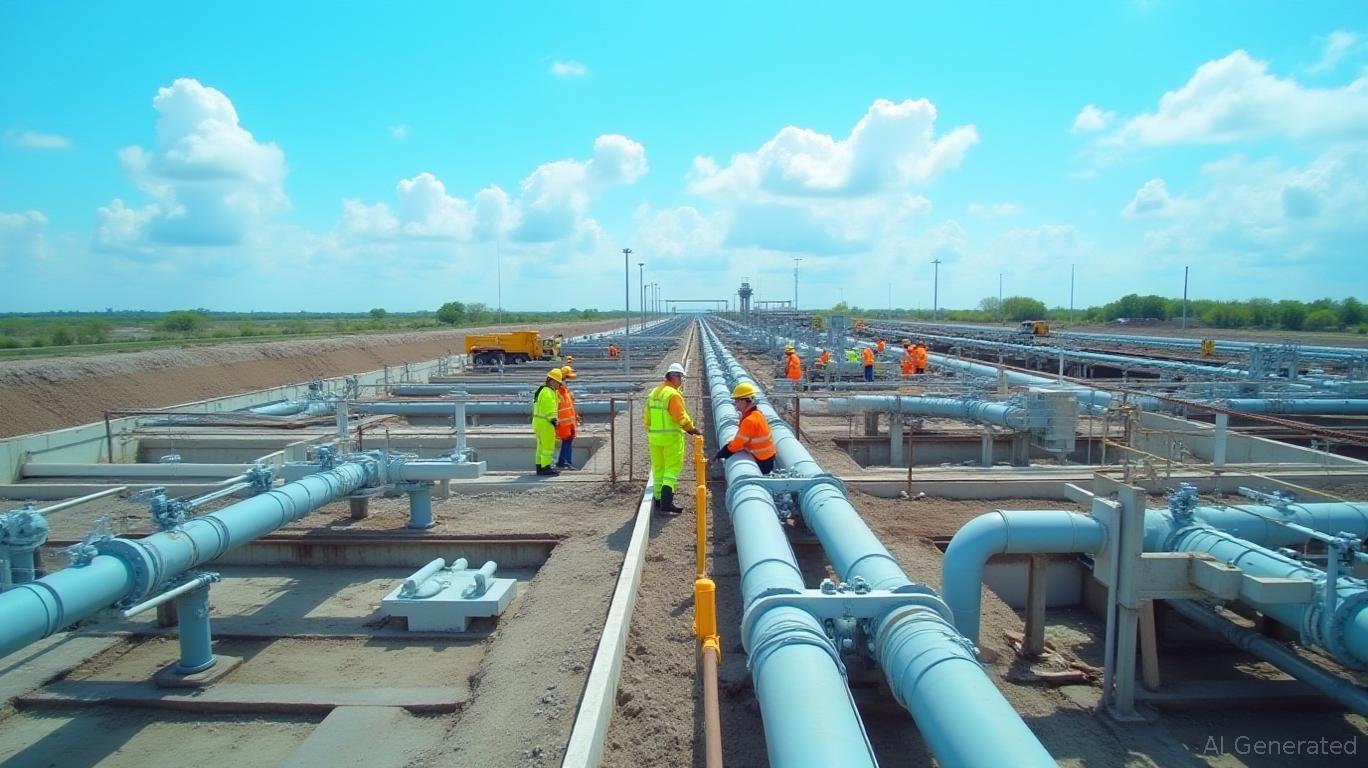Whirlpool's Margin Resilience Outshines Sales Decline in Q1 2025

Whirlpool Corporation (WHR) reported mixed results for Q1 2025, with net sales declining 19.4% year-over-year to $3.62 billion, primarily due to the divestiture of its European operations. However, the company’s ongoing earnings and margin improvements defied expectations, driving an after-hours stock surge. Here’s why investors are cautiously optimistic—and what risks remain.
Key Financial Takeaways
- Sales Decline, but Organic Growth Persists: Total revenue fell due to the April 2024 sale of its European MDA business, which accounted for $870 million of Q1 2024 sales. Excluding this divestiture and currency effects, organic sales grew 2.2%, fueled by strong performances in key segments.
- Margin Expansion Triumph:
- GAAP net earnings margin jumped to 2.0% (vs. -5.8% in Q1 2024), a 780 basis-point improvement, driven by pricing actions and cost reductions.
- Ongoing EBIT margin rose 160 basis points to 5.9%, reflecting disciplined operational execution.
- Earnings vs. Estimates:
- GAAP EPS of $1.28 missed estimates but improved dramatically from a $4.72 loss in 2024.
- Non-GAAP (ongoing) EPS of $1.70 beat expectations, though down slightly from $1.78 in Q1 2024.
Segment Strength: Asia and Small Appliances Lead the Way
Whirlpool’s resilience stems from its Asia and small appliances divisions:
- MDA Asia (Major Domestic Appliances in Asia):
- Sales surged 12.3%, with EBIT jumping 71.5% to $19 million.
Growth came from market share gains and industry expansion, with margins improving 240 basis points to 7.0%.
SDA Global (Small Domestic Appliances):
- Sales rose 7.9%, driven by direct-to-consumer models and new product launches.
EBIT margins expanded to 18.5%, benefiting from favorable price/mix dynamics.
MDA North America:
- Sales dipped 0.3% amid macroeconomic headwinds, but EBIT margins improved 0.6pts to 6.2%, thanks to pricing discipline.
Management’s Playbook: Cost Cuts and Tariff Mitigation
CEO Marc Bitzer and CFO Jim Peters emphasized two critical strategies:
- Cost Reduction: Targeting $200 million in structural savings (1.3% of revenue) through supply chain optimization and operational efficiency.
- Tariff Strategy: Addressing unfair advantages for Asian imports by leveraging new U.S. tariff policies expected to "level the playing field." Management noted Asian competitors exploited loopholes, causing a 30% surge in U.S. imports in late 2024.
Why the Stock Rose Despite Sales Miss
Investors focused on three positives:
1. Margin Resilience: The 160 basis-point EBIT margin expansion signaled operational discipline amid macroeconomic uncertainty.
2. Reaffirmed Guidance: Whirlpool maintained its full-year outlook, including $10.00 non-GAAP EPS and $500–$600 million free cash flow.
3. Dividend Stability: The $1.75 per-share dividend for Q1/Q2 2025 underscored financial health, even as free cash flow remains negative ($793M YTD).
Risks Looming Over the Horizon
- Consumer Confidence: Whirlpool’s North American business faces weakened demand as households cut back on big-ticket appliances.
- Tariff Volatility: While new policies may benefit long-term profitability, short-term pressures from import "loading" could persist.
- Industry Competitiveness: The household appliances sector ranks in the bottom 20% of Zacks’ industries, with Whirlpool’s stock down 32.5% YTD versus the S&P 500’s -10.1%.
Conclusion: A Resilient Play for Long-Term Investors
Whirlpool’s Q1 results highlight a company succeeding in what it can control: margin optimization, geographic diversification, and cost discipline. The $1.70 ongoing EPS beat and reaffirmed guidance suggest management’s strategies are on track.
Investors should note that organic sales growth of 2.2% and margin gains of 160 basis points in EBIT are strong indicators of underlying health. While near-term risks like tariffs and consumer spending are real, Whirlpool’s $200 million cost-savings target and Asia/SDA growth provide a foundation for recovery.
The stock’s after-hours rise signals investor confidence in Whirlpool’s ability to navigate challenges—a bet on execution over execution. For now, this appears a hold for long-term investors, but wary of near-term macro uncertainties.
Final Note: Monitor Q2 results for signs of tariff policy impact and whether Asia’s 12.3% sales growth can sustain. If Whirlpool’s margin trends continue, the stock’s dip might present a buying opportunity.
This analysis balances the company’s operational strengths against macroeconomic and competitive headwinds, offering a nuanced view for investors weighing Whirlpool’s potential.

_183e5bc31749756677125.jpeg)








